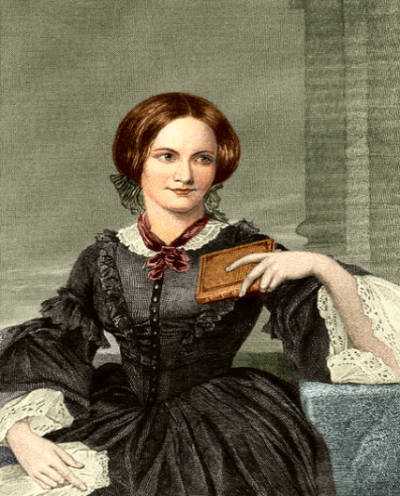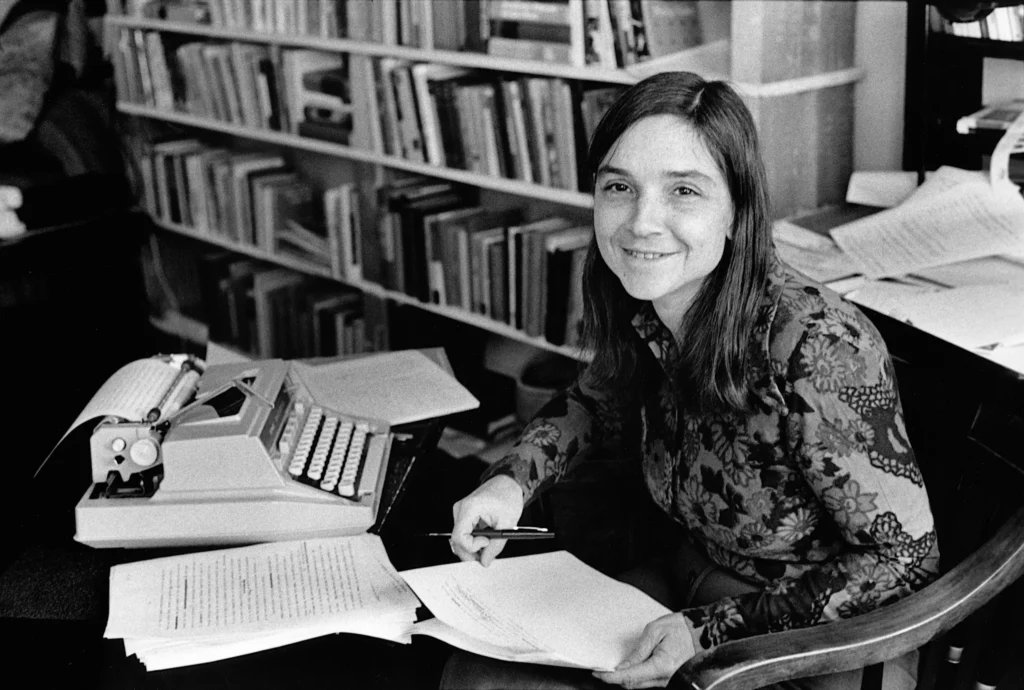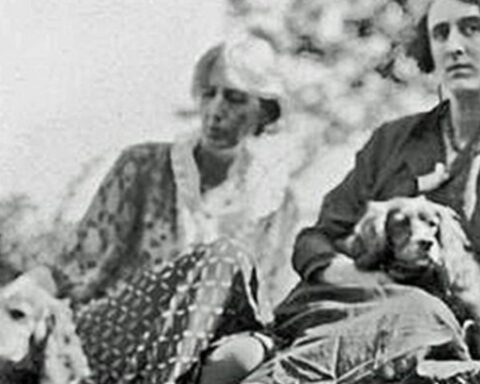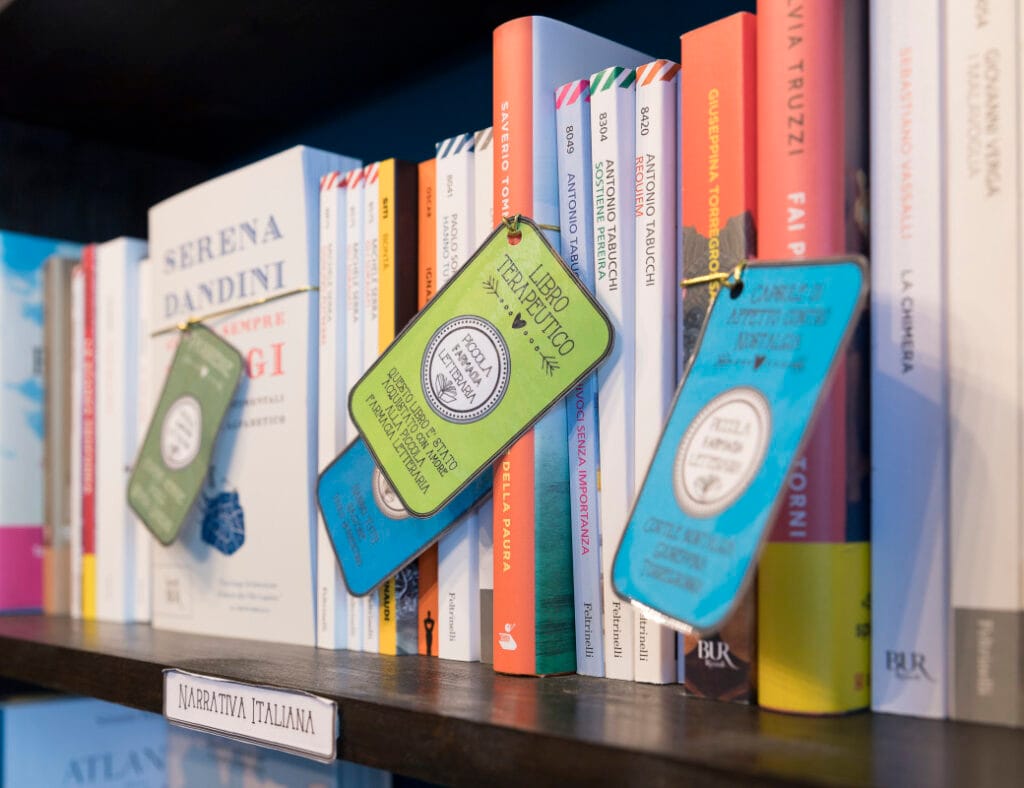The nineteenth century stands as a pivotal epoch in the annals of history, characterized by rapid industrialization, profound social upheavals, and the nascent stirrings of women’s rights movements. Amid these seismic shifts, a quieter yet equally transformative revolution was taking shape within the realm of poetic literature. Female poets, historically relegated to the peripheries of literary recognition, began to assert their voices with unprecedented vigor, crafting verses that resonated with an intensity and authenticity capable of challenging the deeply entrenched patriarchal constructs of their time. The impact of these poets on the literary landscape was profound, reshaping not only the content and style of poetry but also fundamentally redefining the role of women within the literary sphere. This extensive exploration delves into the lives, works, and enduring legacies of these pioneering poets, illuminating their contributions and the broader implications for poetic literature.
The Early Whisperings: Female Poetic Expression in the Early 1800s
In the early 1800s, the literary world was overwhelmingly dominated by men, with women’s contributions often dismissed or overshadowed. Within these confines, early female poets began to explore and articulate their innermost thoughts and emotions, frequently publishing anonymously or under male pseudonyms to navigate the societal constraints of their time. Despite these formidable challenges, poets such as Felicia Hemans and Letitia Elizabeth Landon emerged as significant figures in the literary landscape.

Felicia Hemans: The Subtle Subversive
Felicia Hemans’ poetry is infused with themes of domesticity, national pride, and a profound sense of moral duty. At first glance, her work might appear to conform to traditional gender roles, celebrating the virtues of home and hearth. However, a closer examination reveals a subtle subversion of these conventions. Hemans’ poems often depicted women as central figures in historical and national narratives, thereby challenging the notion that women’s roles were confined to the private sphere. In “The Homes of England,” Hemans celebrates the tranquility and sanctity of English homes, yet her emphasis on the importance of women’s contributions to the moral fabric of the nation implicitly critiques the exclusion of women from public life.
Letitia Elizabeth Landon: The Lyrical Melancholic
Letitia Elizabeth Landon, known by her initials L.E.L., brought a different yet equally powerful voice to nineteenth-century poetry. Her work is characterized by a lyrical and often melancholic style, delving into themes of love, loss, and the transient nature of life. Landon’s poetry resonated with the emotional depth and complexity of women’s experiences, offering a counterpoint to the more public and overtly political themes found in the works of her male contemporaries. Her poem “The Improvisatrice” is a poignant exploration of the life of a female artist, grappling with the constraints imposed by society while striving to maintain her creative integrity.

The Mid-Century Awakening: Voices of the Marginalized
As the nineteenth century progressed, the rise of the women’s suffrage movement and the increased availability of education for women provided fertile ground for more direct and unflinching poetic expression. Elizabeth Barrett Browning emerged as a towering figure during this period, her work embodying the intersection of personal and political themes.
Elizabeth Barrett Browning: The Bold Visionary
Elizabeth Barrett Browning’s seminal work, “Aurora Leigh,” a verse-novel, is a masterful critique of gender inequality and societal expectations placed upon women. Written in blank verse, “Aurora Leigh” is both a narrative of personal development and a scathing indictment of the limitations imposed on women by Victorian society. The protagonist, Aurora, rejects the traditional path of marriage and domesticity, choosing instead to pursue a career as a poet. Through Aurora’s journey, Browning explores themes of female agency, artistic integrity, and the transformative power of literature.
Browning’s bold and unapologetic voice paved the way for future generations of female poets, demonstrating that poetry could be both a deeply personal and inherently political act. Her ability to weave together the personal and the political in her poetry challenged the prevailing literary norms and expanded the possibilities for what women’s poetry could achieve.

The Quiet Revolution of Emily Dickinson
No exploration of nineteenth-century female poetry would be complete without acknowledging Emily Dickinson, whose innovative and introspective verses redefined the boundaries of poetic form and content. Dickinson’s poetry, characterized by its brevity, unconventional punctuation, and profound depth, delved into themes of death, immortality, and the human condition with a striking originality.
Emily Dickinson: The Reclusive Innovator
Emily Dickinson’s reclusive lifestyle and the posthumous discovery of her work added a layer of mystique to her legacy, underscoring the often-overlooked brilliance of female poets who operated outside the mainstream literary circles. Dickinson’s poetry is notable for its radical departure from the formal conventions of her time. Her use of dashes, unconventional capitalization, and fragmented syntax created a distinctive voice that captured the complexities of human experience with startling clarity.
In poems such as “Because I could not stop for Death,” Dickinson personifies death as a courteous suitor, blending the mundane with the metaphysical in a manner that is both eerie and profoundly moving. Her exploration of existential themes through the lens of everyday experiences created a body of work that continues to resonate with readers today, challenging them to confront their own mortality and the mysteries of existence.
The Broadening Horizons: The Impact on Poetic Literature
The contributions of female poets in the nineteenth century had a lasting impact on poetic literature, challenging the prevailing notions of femininity and literary merit. Their work broadened the scope of acceptable subjects and styles in poetry, paving the way for a more inclusive and diverse literary canon.

The Redefinition of Femininity in Poetry
One of the most significant ways in which nineteenth-century female poets impacted poetic literature was by redefining the concept of femininity in poetry. Traditionally, female characters in poetry were often idealized or marginalized, serving as muses or passive objects of male desire. However, poets like Hemans, Landon, Browning, and Dickinson presented women as complex, multidimensional beings with their own voices, desires, and agency.
This redefinition of femininity extended beyond the content of their poetry to the very act of writing itself. By asserting their right to be poets, these women challenged the notion that intellectual and artistic pursuits were inherently masculine. Their success demonstrated that women’s perspectives were not only valid but also essential to a comprehensive understanding of the human experience.
The Expansion of Poetic Form and Style
The innovative approaches to form and style employed by nineteenth-century female poets also had a profound impact on the evolution of poetic literature. Emily Dickinson’s unconventional use of language and punctuation, for example, opened new possibilities for poetic expression, influencing subsequent generations of poets to experiment with form and structure.
Similarly, Elizabeth Barrett Browning’s use of the verse-novel format in “Aurora Leigh” expanded the boundaries of what poetry could encompass, blending narrative and lyrical elements in a way that challenged traditional genre distinctions. This willingness to experiment with form and style helped to create a more dynamic and diverse literary landscape, encouraging future poets to push the boundaries of poetic expression.

The Legacy of Nineteenth-Century Female Poets
The legacy of nineteenth-century female poets is evident in the work of twentieth-century poets such as Sylvia Plath, Adrienne Rich, and Maya Angelou, who drew inspiration from their predecessors and continued the tradition of using poetry as a means of exploring and asserting female identity and agency. The ripples of this nineteenth-century revolution can still be felt in contemporary poetry, where voices of all genders continue to explore the multifaceted nature of human experience.
Sylvia Plath: The Confessional Poet
Sylvia Plath’s confessional poetry, with its raw and unflinching exploration of personal pain and mental illness, owes much to the precedent set by poets like Emily Dickinson. Plath’s work is characterized by its intense emotional honesty and its willingness to confront difficult and often taboo subjects. Her poem “Daddy,” for example, blends personal and historical trauma in a way that challenges readers to grapple with the complexities of identity and memory.

Adrienne Rich: The Feminist Voice
Adrienne Rich’s poetry and essays further expanded the scope of feminist literary criticism, building on the foundations laid by nineteenth-century female poets. Rich’s work is marked by its deep engagement with issues of gender, sexuality, and power, as well as its commitment to social justice. In her poem “Diving into the Wreck,” Rich uses the metaphor of a deep-sea dive to explore themes of self-discovery and the reclamation of women’s history.
Maya Angelou: The Voice of Resilience
Maya Angelou’s poetry and autobiographical writings continue the tradition of using personal experience as a lens for broader social and political critique. Angelou’s work is infused with themes of resilience, empowerment, and the enduring strength of the human spirit. Her poem “Still I Rise” is a powerful testament to the ability of marginalized voices to overcome oppression and assert their dignity and worth.

Conclusion: The Enduring Power of Poetry
The nineteenth century was a pivotal era for female poets, whose courage and creativity reshaped the landscape of poetic literature. By breaking free from the constraints of their time and infusing their work with personal and political significance, these poets not only enriched the literary canon but also paved the way for future generations of women writers. Their legacy is a testament to the enduring power of poetry as a medium of expression and transformation, echoing through the ages with a resonance that continues to inspire and challenge.
The impact of nineteenth-century female poets extends beyond their immediate historical context, influencing the evolution of poetic literature and contributing to a more inclusive and diverse literary tradition. Their work serves as a reminder of the importance of diverse voices in shaping our understanding of the world and the human experience. As we continue to explore and celebrate their contributions, we are reminded of the enduring power of poetry to give voice to the voiceless, to challenge the status quo, and to inspire change.
In examining the lives and works of these pioneering poets, we gain a deeper appreciation for their contributions to the literary canon and the broader cultural and social movements of their time. Their poetry not only reflects the struggles and triumphs of women in the nineteenth century but also continues to resonate with readers today, offering insights into the complexities of identity, agency, and the human condition.

As we look to the future, the legacy of nineteenth-century female poets serves as a beacon of inspiration, encouraging us to continue the work of expanding and diversifying the literary landscape. Their voices, once marginalized, now occupy a central place in the history of poetry, reminding us of the transformative power of art and the importance of including diverse perspectives in our understanding of the world.









